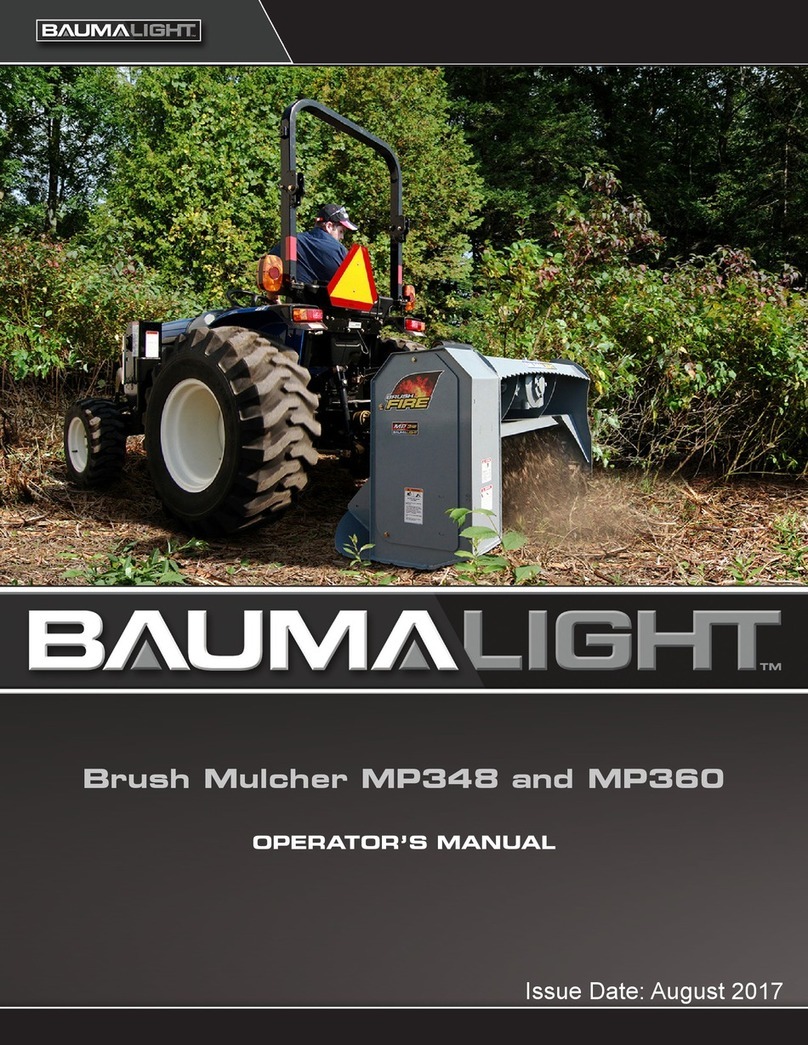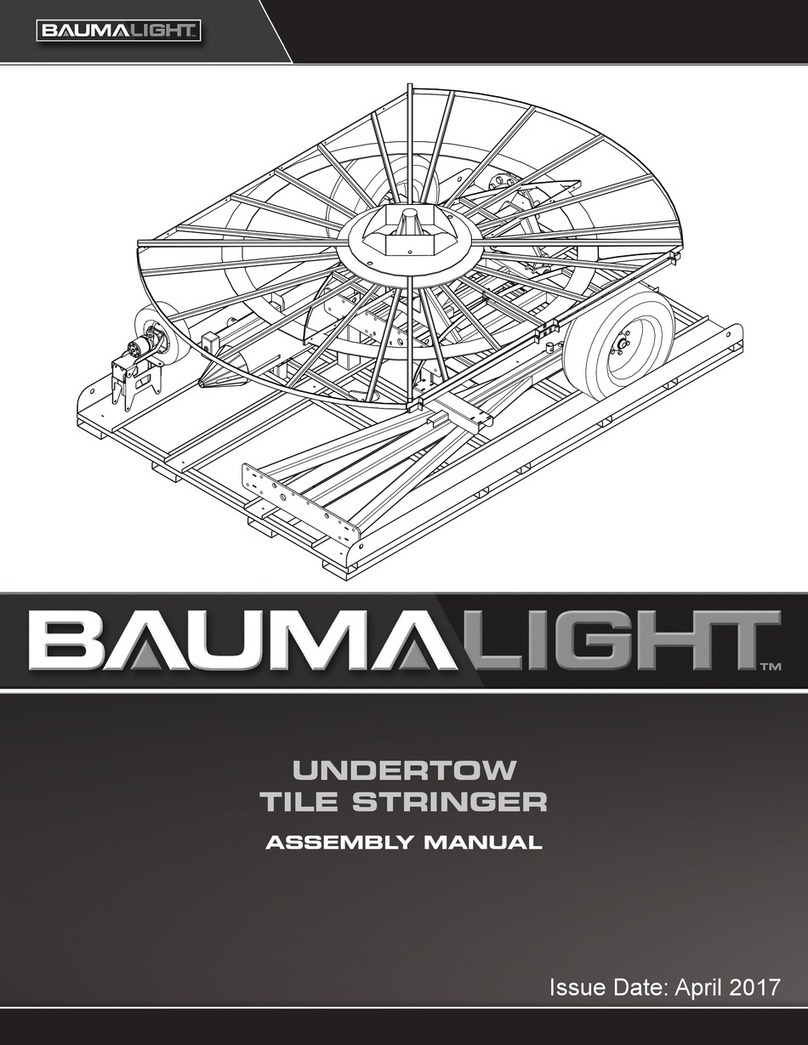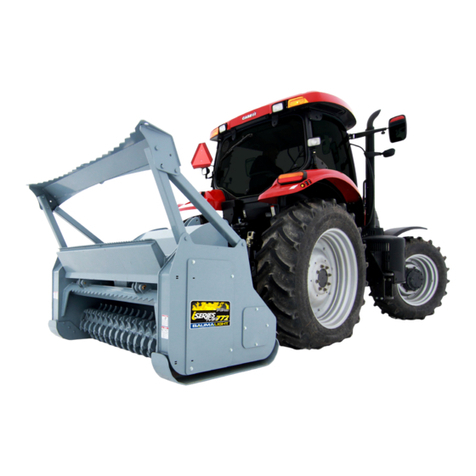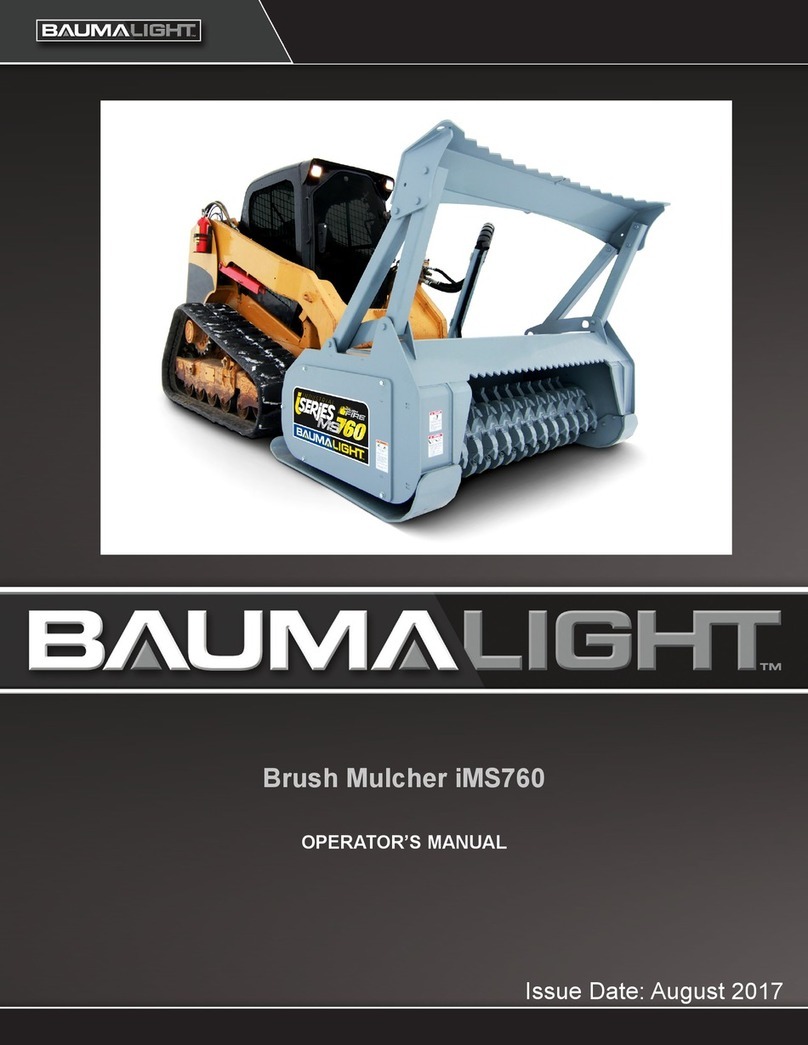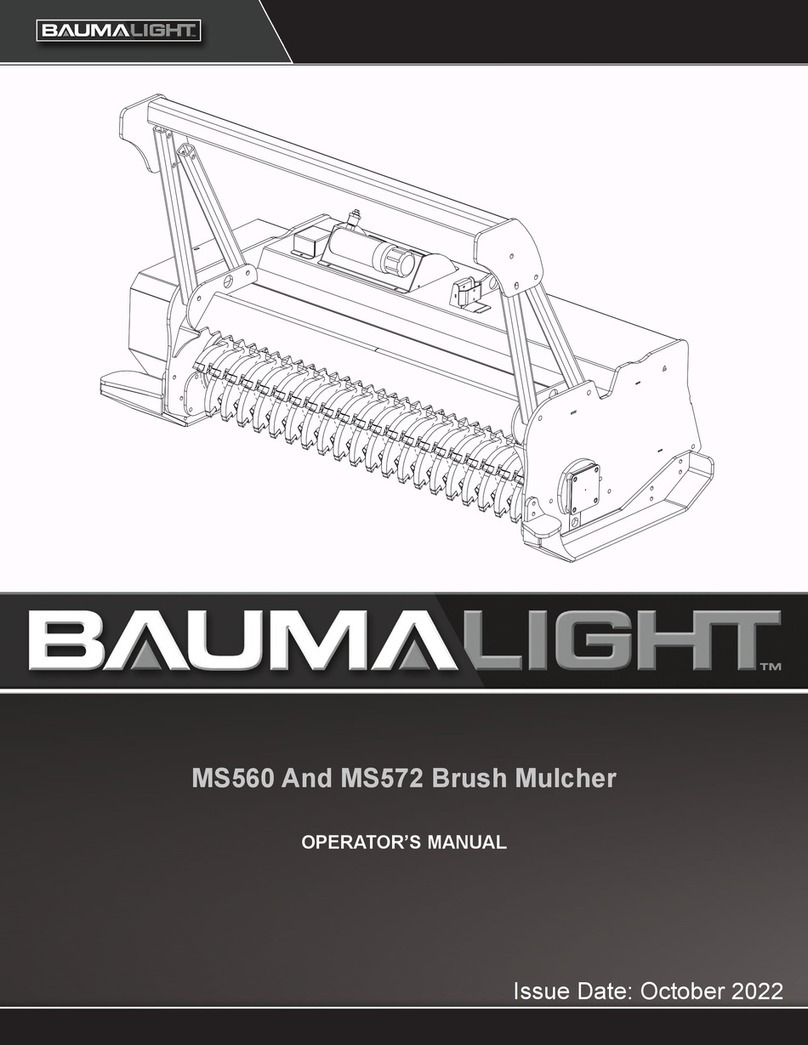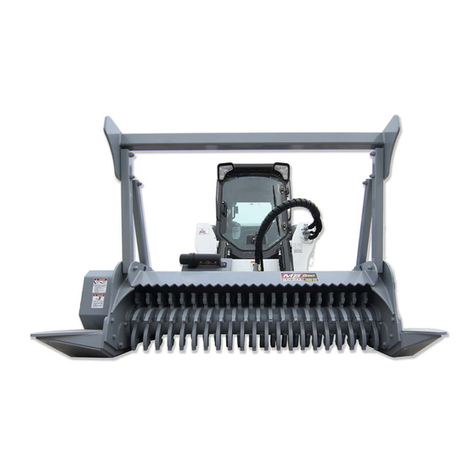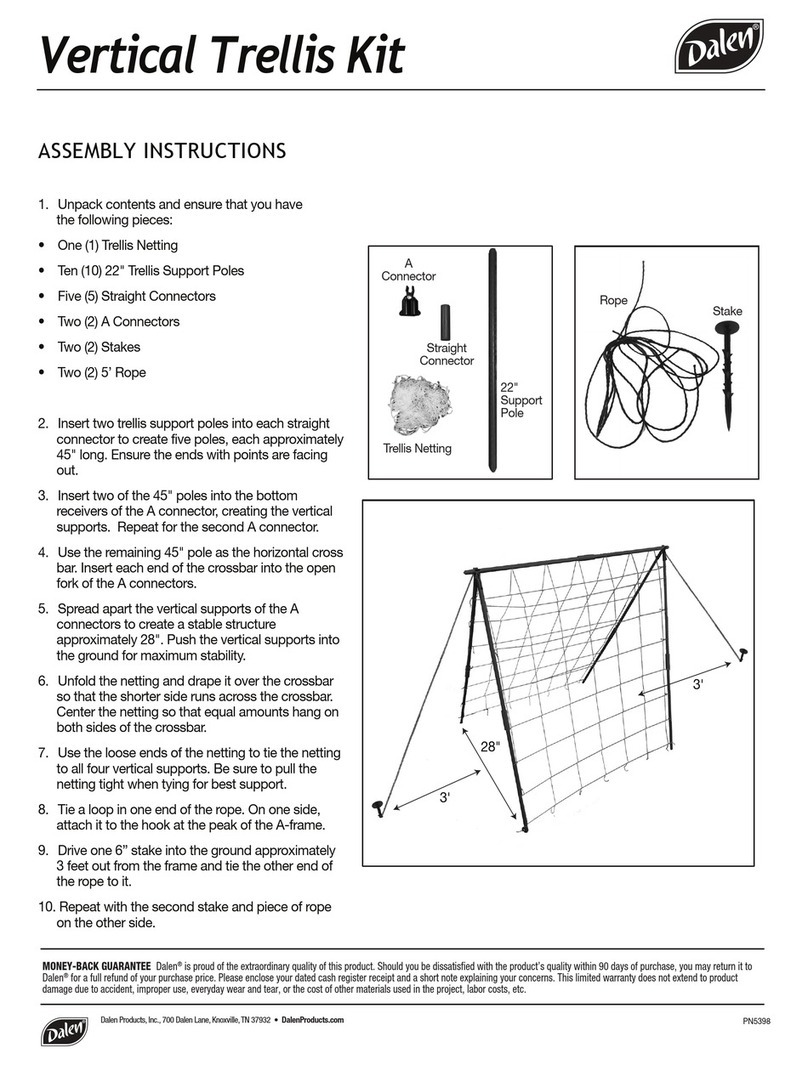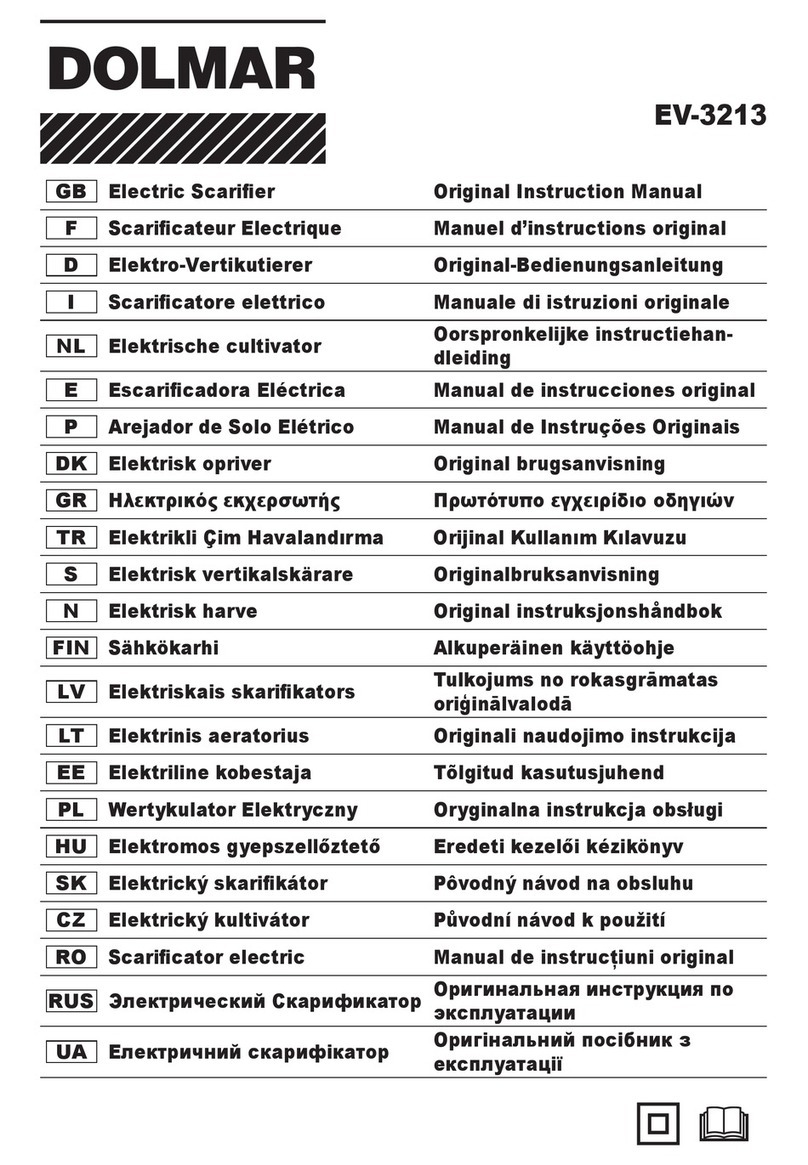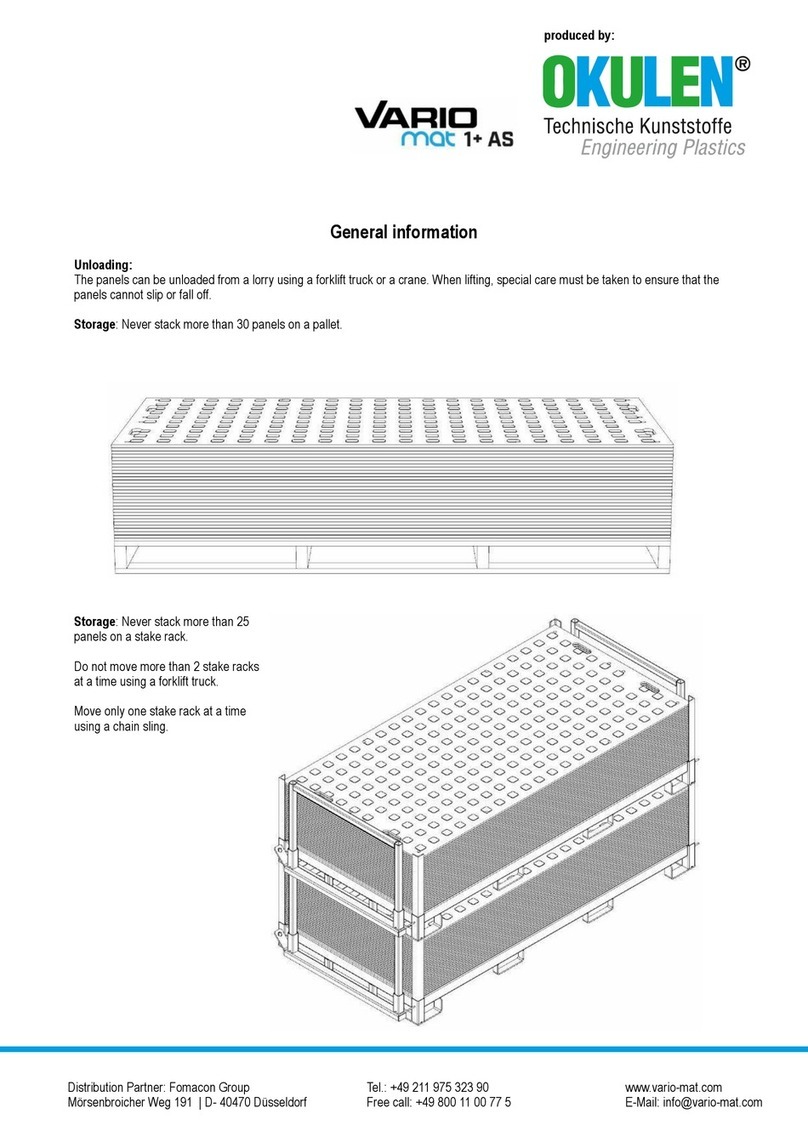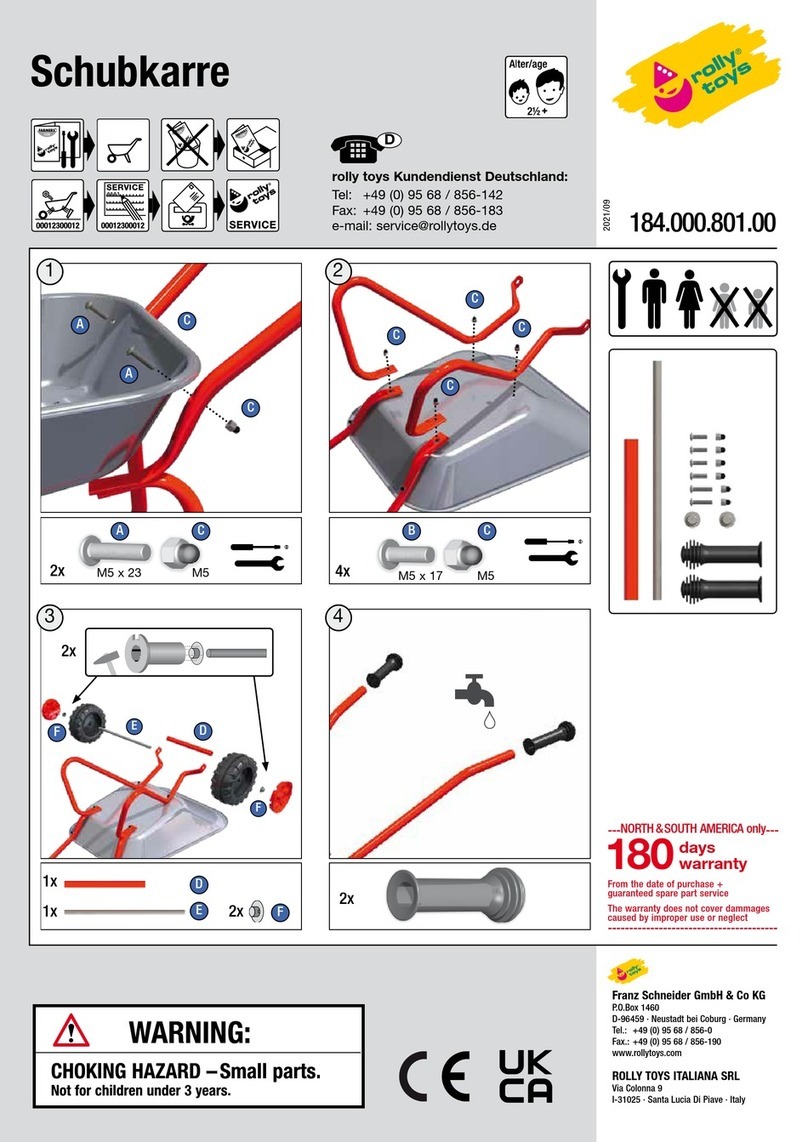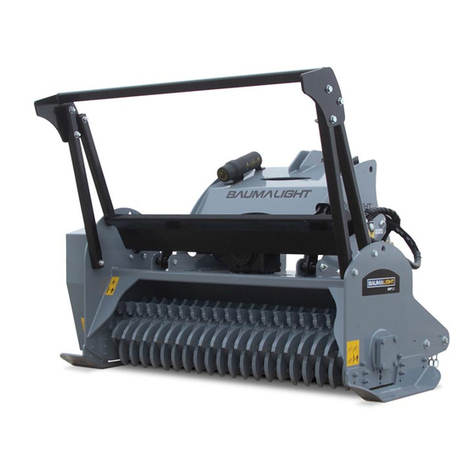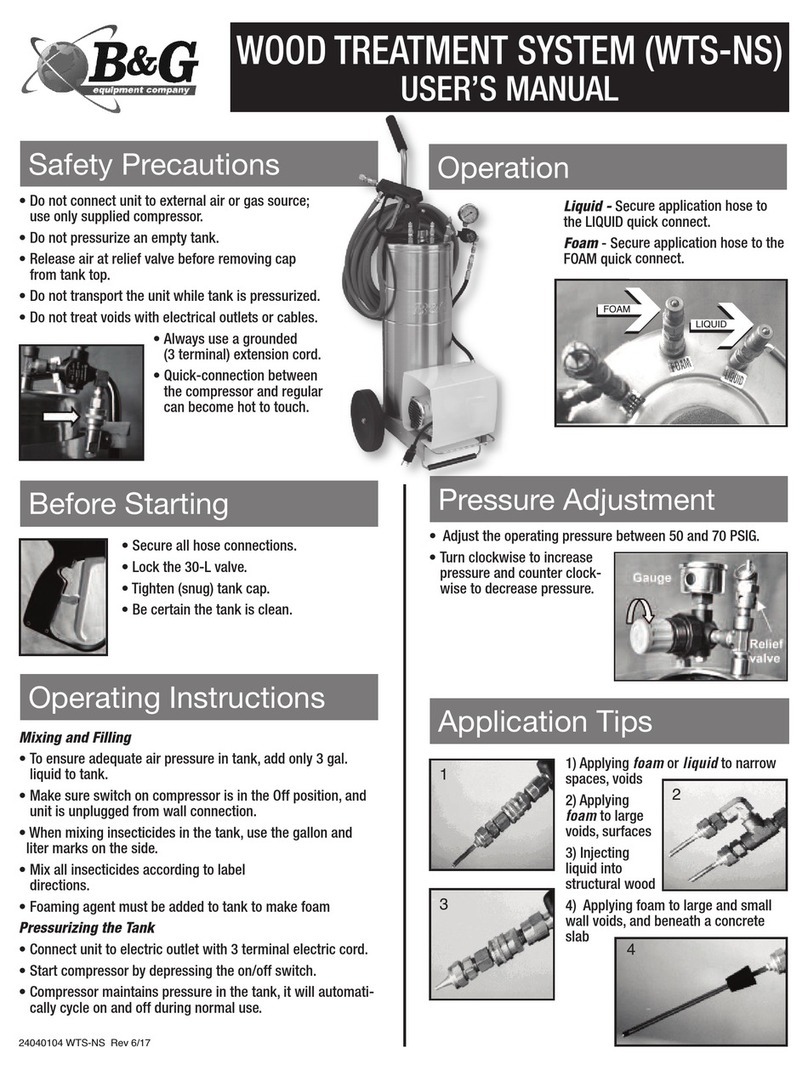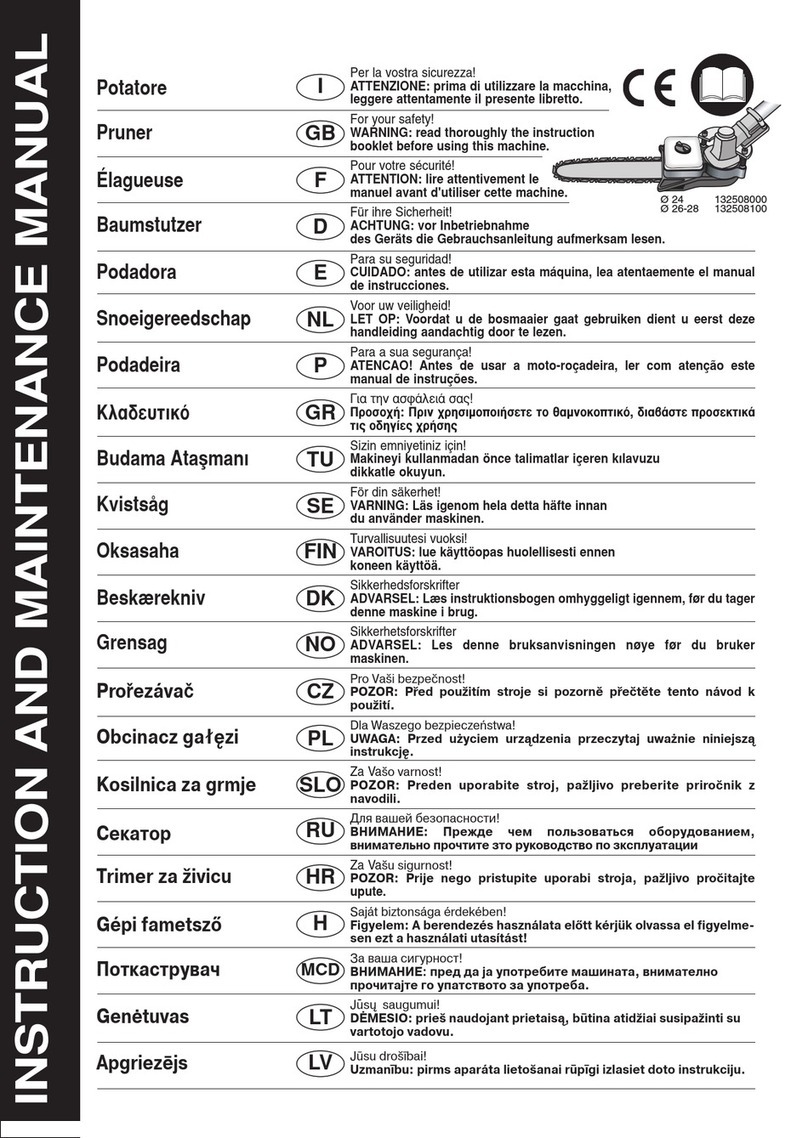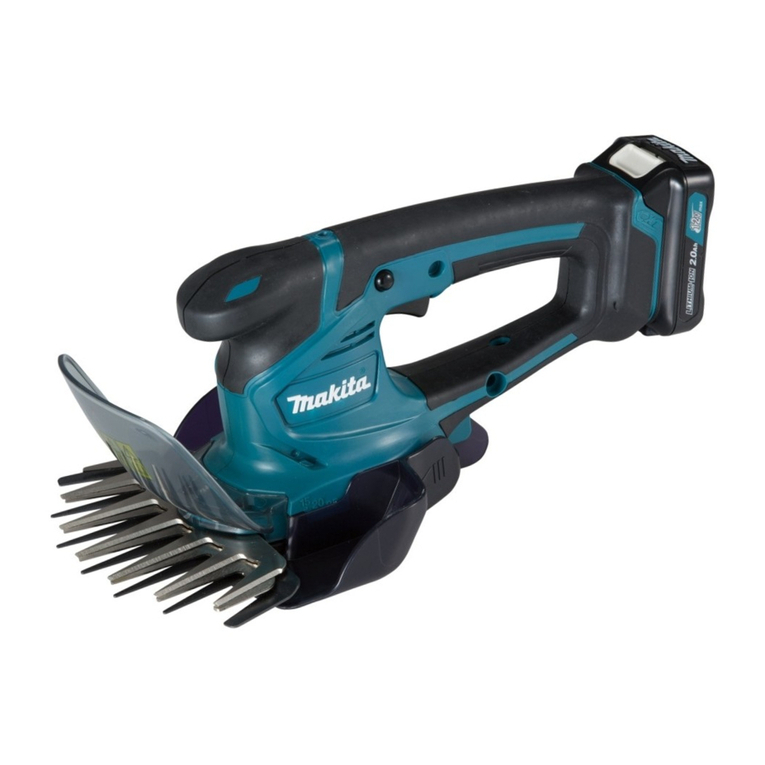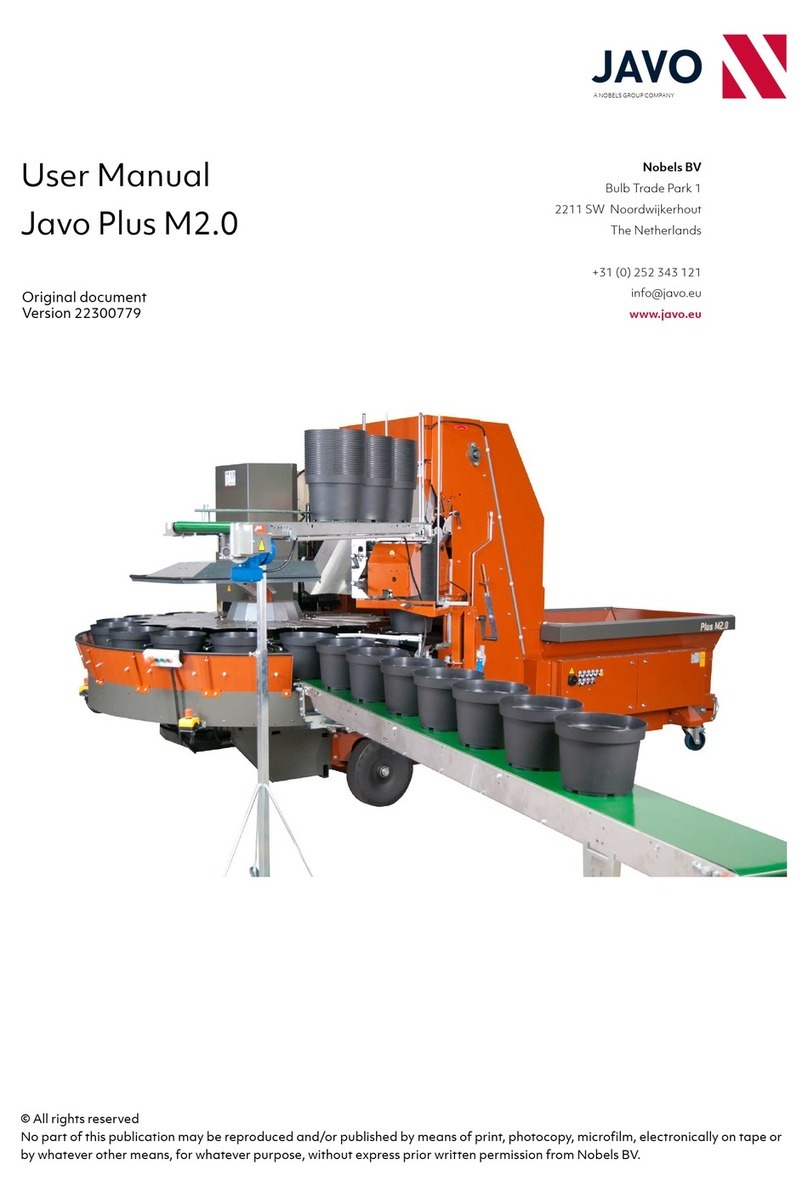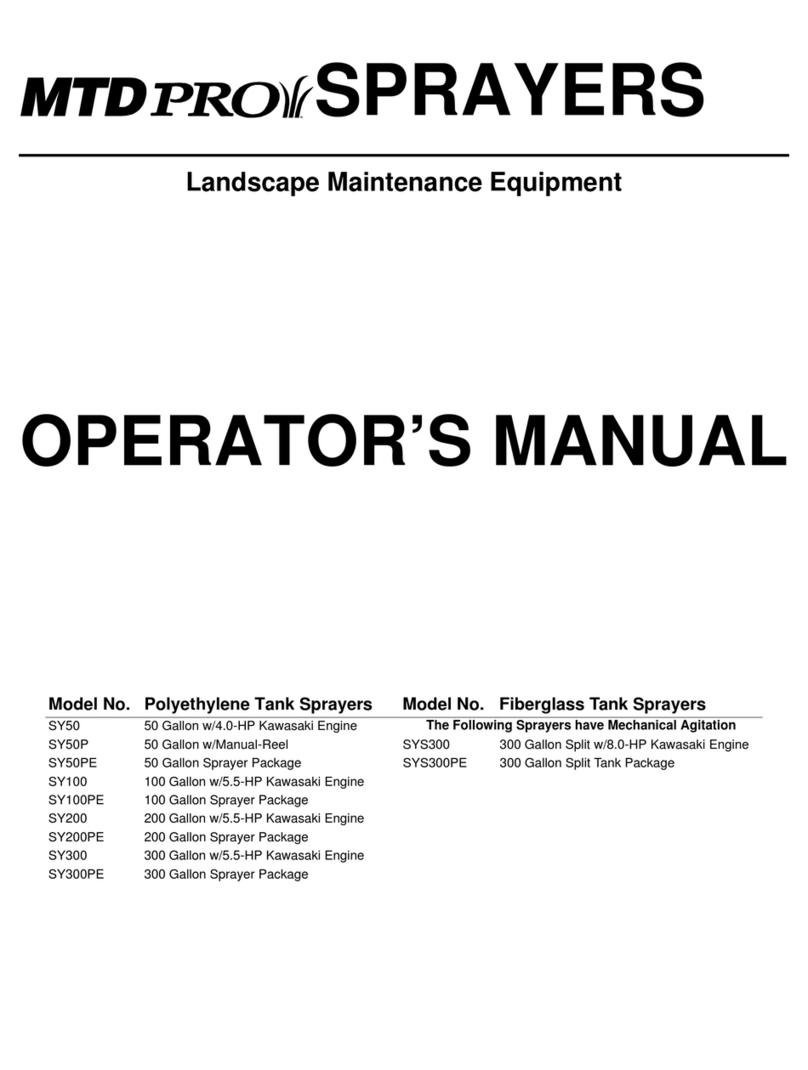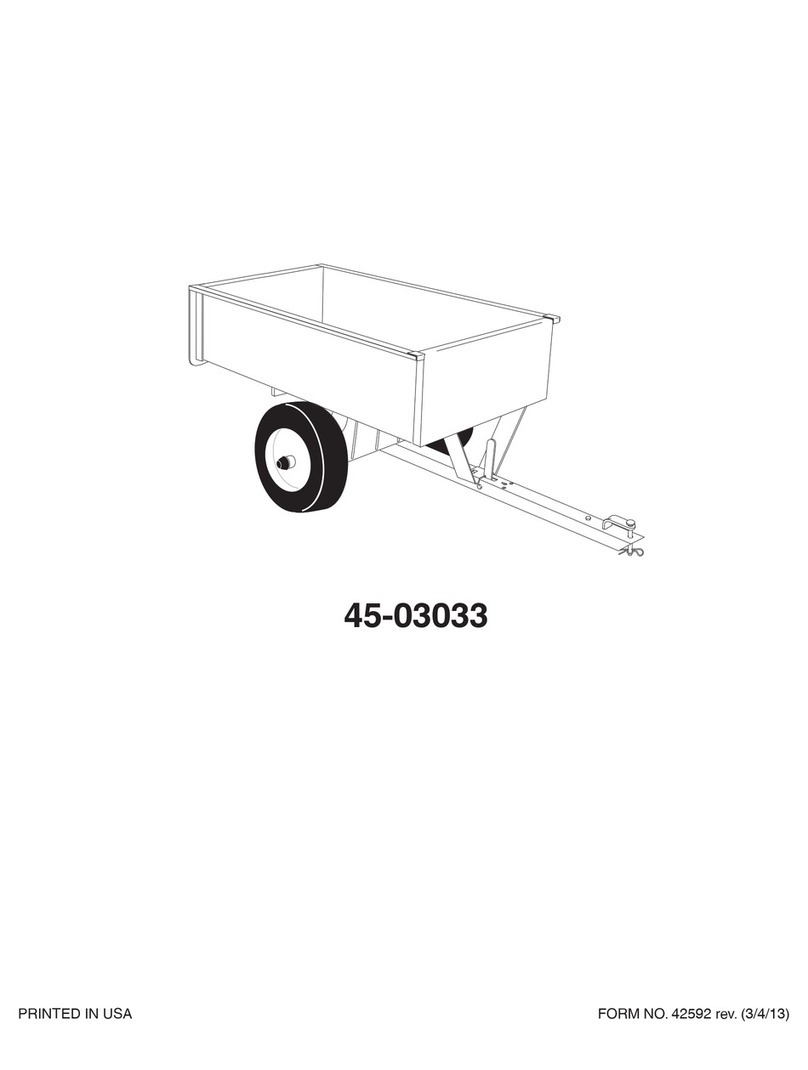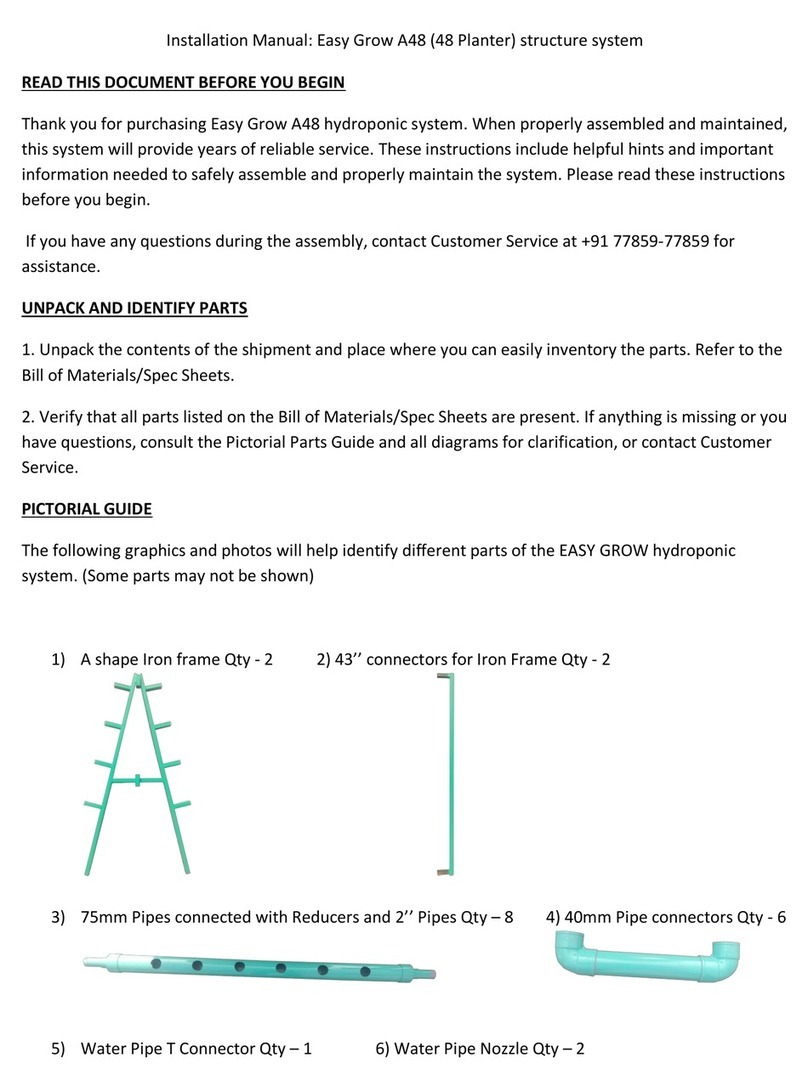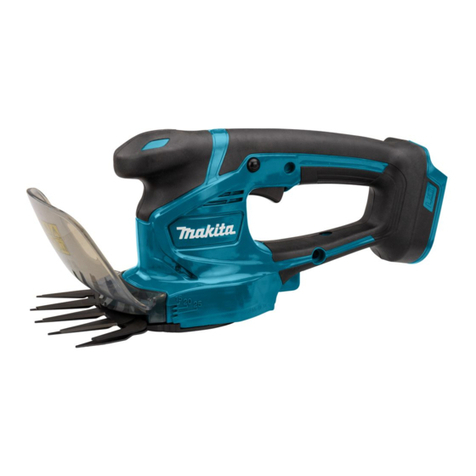
6�2�1 Fertilizing
Fertilizing generally is not necessary until the tree
begins recovering from the shock of transplanting
and establishes itself in its new home. This usually
takes at least one year in non-tropical areas. In
tropical and sub-tropical areas, this can take less
than a year to occur. In some circumstances, the
tree care company may recommend fertilizing a
recently planted tree.
6�2�2 Mulching
Mulching is very important for several reasons.
Functionally, mulches discourage weeds from
growing, conserve moisture during drought periods,
and allow better use of water by controlling runo
and increasing water-holding capacity of light,
sandy soils. Mulch also helps maintain a uniform
soil temperature.
A 3-4 inch layer of mulch can add to the aesthetic
value of a garden while protecting the base of trees
from being injured by equipment, such as lawn
mowers. Mulch rings also decrease competition
from lawn grass. Lawn grass, especially when
lush, robs trees of valuable nutrients and moisture.
Trees often are wounded by careless use of
yard equipment like lawn mowers, weed whips,
and other trimming equipment. These injuries
cut through important vascular tissue just inside
the bark, which can lead to decay and ultimately
death of the tree. A bed of mulch around the tree
eliminates the need to trim or mow close to the
tree’s base. Extreme care should be taken when
digging up or tilling the soil under a tree. Many
large and small roots will be cut by such digging,
especially if it occurs close to the trunk.
6�2�3 When To Apply
Mulch can be applied just about any time of the
year when trees and shrubs are being planted. The
best time, however, to apply mulch in established
bed areas would be in mid spring when the soil
temperature has warmed up enough for sucient
root growth. If applied earlier, the mulch will keep
the soil temperature lower and root growth could
be delayed.
6�2�4 How To Apply
It should be applied 2 to 3 or 4 inches in depth over
relatively clean, weed-free soils. Do not pile mulch
more than 4 inches. Identify and eradicate the
weeds before the mulch is applied. Keep mulch
pulled 12 inches back from the tree trunk.
6�2�5 Types Of Mulch
Most arborists consider organic mulches as the
most compatible with trees. Many organic materials
can be used as mulch. Bark mulches and wood
chips are the two most commonly used mulches in
most of the country. In the south, pine needles are
included in that list.
There are several inorganic materials used as
mulches. These include weed barriers such as
plastic that is sometimes used to discourage
weeds; however, plastic interferes with the normal
oxygen and water supply to the tree’s roots. When
the plastic is used, a very shallow root system is
created and during drought periods the plants may
not withstand the stress.
It is recommended not to use black plastic
around trees. There are several landscape fabric
“mulches” available that will function the same
as plastic, but allow for normal water and oxygen
exchange. These materials, sometimes called
geotextiles or weed barriers, are placed on bare
soil around trees and shrubs with mulches used on
20




















